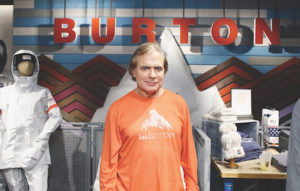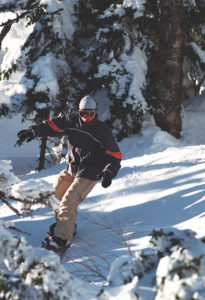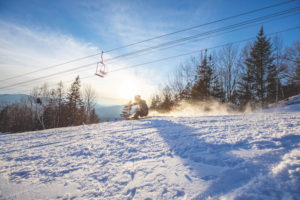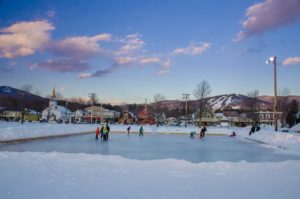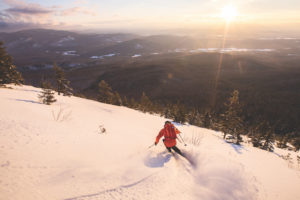
There’s always been something about Jake Burton Carpenter that I intrinsically liked. I never personally met the founder of Burton Snowboards, a reality that I’ll always regret after Carpenter passed away from cancer in late November at the age of 65.
Not only was Carpenter — known as Jake Burton in some circles — largely responsible for the sport that defined my winters during most of my 30s and early 40s, but he always struck me as one of those true “larger than life” personalities who defied easy description.
First, Carpenter wasn’t all that much older than me, only three years my senior. We’re both transplanted New Englanders, originally from the metro New York belt. I grew up a stone’s throw from the Washington Bridge, in northeast New Jersey. Carpenter’s formative years were spent on Long Island.
He also had lost a parent — his mother — to cancer while a teenager. He later told Sports Illustrated that the loss of his mother, and a brother who was killed in Vietnam when he was only 12, resulted in a “real independence and an ability to persevere.”
